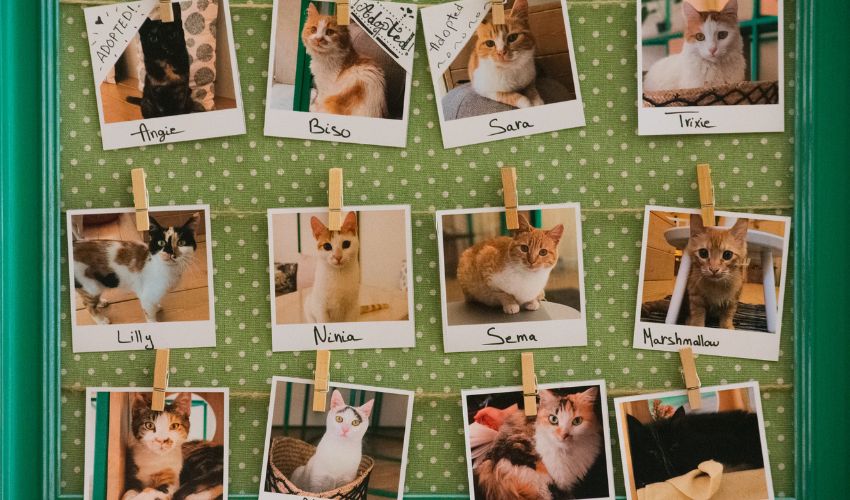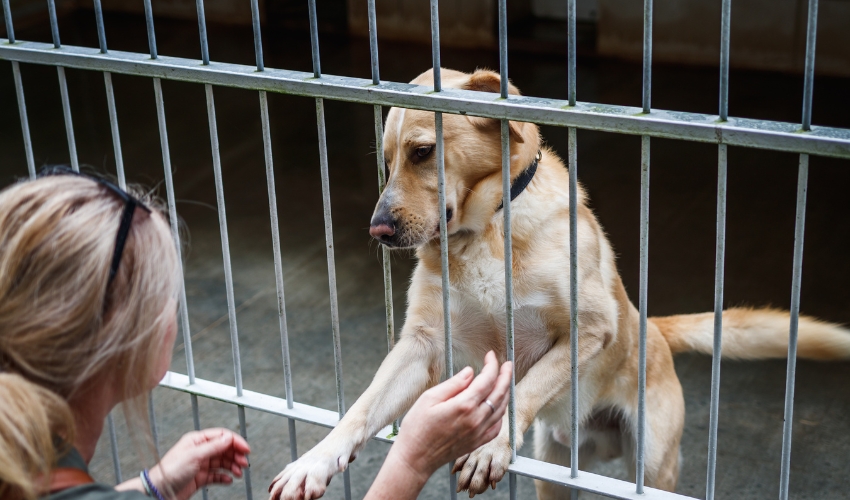Adopting a cat entails a lot of concerning aspects other than its food and shelter, and one of such covers the unavoidable veterinary visits. As such, it’s necessary to know and understand relevant health conditions plaguing them, like asking yourself, “how contagious is FIV in cats.”
Like humans, domesticated and even wild animals also suffer from diseases that root in genetics and transmission. While we can combat some of these through evolution, most need intervention and treatment from doctors.
To start such treatments, you must first identify the disease, know its source, and how it spreads. Similarly, treatment, maintenance, and prevention against FIV require knowledge of its origin, where it came from, and how it transfers from one feline to another.
What is FIV?
What is FIV positive in cats? Before diving into trying to know how contagious is FIV, it’s a must to identify if the disease is genuinely FIV. After all, it is commonly identified to be the same as other feline illnesses, like feline leukemia virus and feline distemper, since they have similar symptoms.
FIV, abbreviated from Feline Immunodeficiency Virus, is an illness that is quite similar to HIV and AIDS affecting humans. It is a retrovirus attacking the immune system of a cat, which results in its deterioration and leaves the cat vulnerable to several infections.
FIV is an immunodeficiency virus that mobilizes its destructive nature via the white blood cells of cats, which are the primary members of the body’s defense system. After the attack and resulting damage, common bacteria, viruses, and other pathogens present in the environment become more potent, therefore risking the cat’s welfare from common infections.
Unfortunately, there hasn’t been any scientifically proven total cure for this disease up to this day. However, cats that test positive for this virus can live the average lifespan for felines, provided they don’t subsequently get infected with another severe disease.
What Are the Symptoms of FIV and How Does It Affect Cats?
FIV cat symptoms take a couple of years before it manifests. These symptoms are the ones that are similar and commonly mistaken for other diseases.
The occurrences of these similarities and the overlapping of symptoms necessitate correct diagnosis. It is why seeing a vet as soon as possible is the determining factor for a cat’s survival and longevity from terminal illnesses.
Some hijacking viruses only cause temporary and mild effects such as fever and colds. However, FIV is one of those diseases that starts low and invites others that are much worse than its kind.
Here are the observed symptoms on a cat that is immuno-compromised by FIV:
- Recurring fever
- Lack and unstable appetite
- Poor and deteriorating coat condition
- Inflammation inside the mouth and gums
- Frequent diarrhea
- Persistent eye problems
- Chronic eyes, skin, respiratory, and/or bladder infections
- Seizures
- Signs of neurological disorders
- Behavioral changes
Regarding the first infection up to the early years of contracting FIV in cats, a feline will not show any symptoms due to the somewhat slow and microscopic spread of the virus. However, it’s rarely too late for medication once the conclusive symptoms come out.
FIV infects and reproduces within a cat’s body in three consecutive phases: acute, asymptomatic, and progressive. The acute phase is from the contraction up to three months, characterized by fever and lack of appetite. This is followed by an asymptomatic phase where no observable outside symptoms can be seen. Finally the progressive phase is where subsequent infections risk the cat’s life.
The answer to “how contagious is FIV?” will be answered in the next section.
How Does FIV Spread?

Viruses are beings that mainly rely on other organisms to reproduce. This dependence on reproduction disrupts the natural balance and system, through which a host’s body suffers symptoms and serious repercussions.
Unlike HIV in humans, which is spread via blood and sexual contact, the FIV pathogen spreads from one feline to another mostly only via blood transfusion. Routine activities such as sharing food, litter box, and grooming equipment do not threaten its spread.
However, since cats tend to play around roughly, their claws and teeth are notorious for causing deep, bleeding wounds. A healthy cat can easily get infected by an FIV-positive neighbor through these open wounds.
As such, male cats that tend to roam around during mating season are highly at risk when interacting with and fighting an infected cat. This is why FIV is one of the most common diseases in cats around the globe. Keeping the cat off the streets is the best way to protect it in the absence of a cure.
While it’s quickly transmitted in cats, there are no recorded transmissions to humans.
Conclusion
After knowing how contagious is FIV in cats, the next step is to focus on aiding an infected cat’s growth and comfort. Actions on this and keeping them from infecting other felines is then an informed person’s responsibility.
Adopting dramatically reduces the spread of the FIV virus by keeping the infected cats away from the streets. If you’re interested in adopting one or volunteering for the care of many, visit Doobert for more information.











